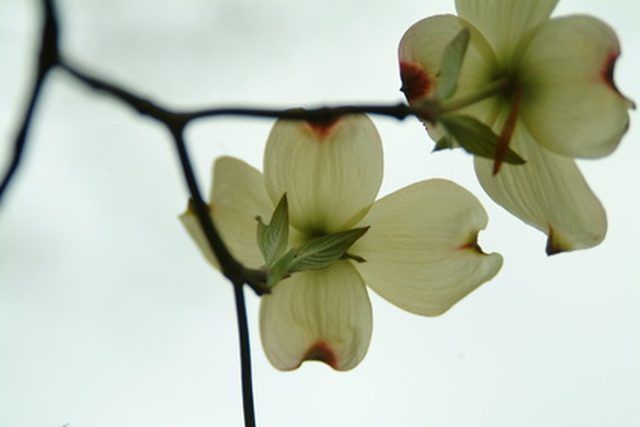Bulbs
Flower Basics
Flower Beds & Specialty Gardens
Flower Garden
Garden Furniture
Garden Gnomes
Garden Seeds
Garden Sheds
Garden Statues
Garden Tools & Supplies
Gardening Basics
Green & Organic
Groundcovers & Vines
Growing Annuals
Growing Basil
Growing Beans
Growing Berries
Growing Blueberries
Growing Cactus
Growing Corn
Growing Cotton
Growing Edibles
Growing Flowers
Growing Garlic
Growing Grapes
Growing Grass
Growing Herbs
Growing Jasmine
Growing Mint
Growing Mushrooms
Orchids
Growing Peanuts
Growing Perennials
Growing Plants
Growing Rosemary
Growing Roses
Growing Strawberries
Growing Sunflowers
Growing Thyme
Growing Tomatoes
Growing Tulips
Growing Vegetables
Herb Basics
Herb Garden
Indoor Growing
Landscaping Basics
Landscaping Patios
Landscaping Plants
Landscaping Shrubs
Landscaping Trees
Landscaping Walks & Pathways
Lawn Basics
Lawn Maintenance
Lawn Mowers
Lawn Ornaments
Lawn Planting
Lawn Tools
Outdoor Growing
Overall Landscape Planning
Pests, Weeds & Problems
Plant Basics
Rock Garden
Rose Garden
Shrubs
Soil
Specialty Gardens
Trees
Vegetable Garden
Yard Maintenance
Dogwood Tree Bark Disease
Dogwood Tree Bark Disease. Dogwoods require little more than full sun (at least 6 hours a day) and well draining soil. Mulch is appropriate, too, but it should never come within 3 feet of the tree trunk. Removal of dead branches and raking away of fallen leaves is also necessary. However, even when these precautions are taken, dogwoods may be...

Dogwoods require little more than full sun (at least 6 hours a day) and well draining soil. Mulch is appropriate, too, but it should never come within 3 feet of the tree trunk. Removal of dead branches and raking away of fallen leaves is also necessary. However, even when these precautions are taken, dogwoods may be attacked by some diseases, many of which appear on the bark of the tree.
Anthracnose
The fungus Discula destructiva causes a disease known as dogwood anthracnose, according to the North Carolina State University College of Agriculture and Life Sciences. Symptoms of this disease include small leaf spots bordered in purple, larger splotches of tan, discolored twigs, and in severe cases, brown cankers on the tree bark. When the latter appears, the branches or trunk may "girdle," which prevents water and nutrients from properly circulating throughout the tree. This usually results in the tree's death.
Preventing Anthracnose
Good maintenance can help prevent dogwoods from infection. This includes removing shoots springing from dormant or recently pruned trunks. Pruning to thin older trees, and therefore improve air circulation, may also prove helpful.
In areas where Anthracnose is a common problem, spray dogwoods with a fungicide in the spring when leaves begin appearing. Chlorothalonil, mancozeb is a good choice, according to the USDA Forest Service. In addition, high nitrogen fertilizers should be avoided.
Treating Anthracnose
Remove all infected leaves, twigs, and branches, place them in a plastic garbage bag, and throw them away.
Dogwood Canker
In some cases, the bark of dogwood trees infected with canker become sunken. Girdling may occur as a result, and the tree may die. In other cases, the bark on branches or trunks swells and roughens. In both cases, sprouts may begin appearing at the base of the tree.
Preventing and Treating Dogwood Canker
There is no known cure for Dogwood canker, according to North Carolina State University College of Agriculture and Life Sciences.
Collar Rot
Also called "crown canker," the first sign of this disease is usually reduced leaf production, according to Cornell University. The leaves may also appear smaller than usual, and turn yellow or red prematurely. Infected trees may also produce unusually large amounts of blooms and fruit. Gradually, the twigs and branches die. A canker on the lower trunk will appear. The bark may ooze. Eventually the bark will sink, dry up, and fall off in the area of the canker.
Preventing and Treating Collar Rot
Aside from proper dogwood care, fungicides may be used to help prevent collar rot. The University of Oregon Extension suggests using phenylamide and phosphonate fungicides.
Sometimes collar rot can be treated by removing small amounts of bark in the area of the canker. Removing all infected leaves, branches, and twigs may also save the tree.